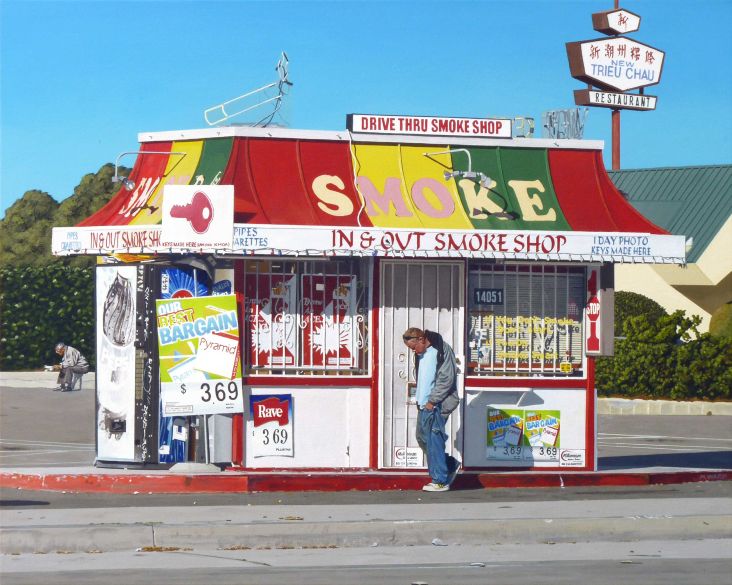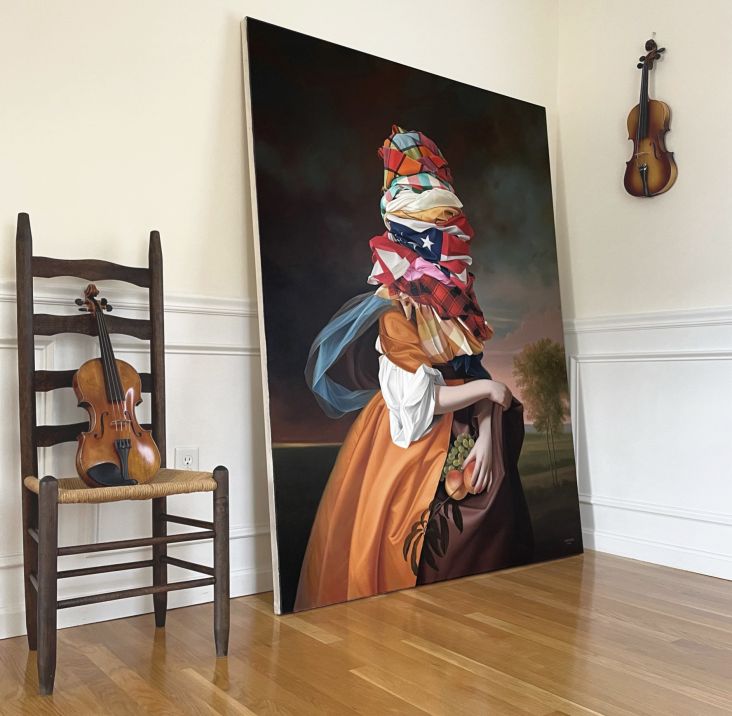Rob Ford of FWA talks us through his new book heralding the VIP passes of acid house and rave generations
Anyone old enough to remember the iconic membership cards and VIP passes of the acid house and rave days will tell you that there was creative inspiration everywhere you looked. Now a new book by Rob Ford, founder of FWA, takes us on a trip down memory lane when wearing the right shoes was everything.
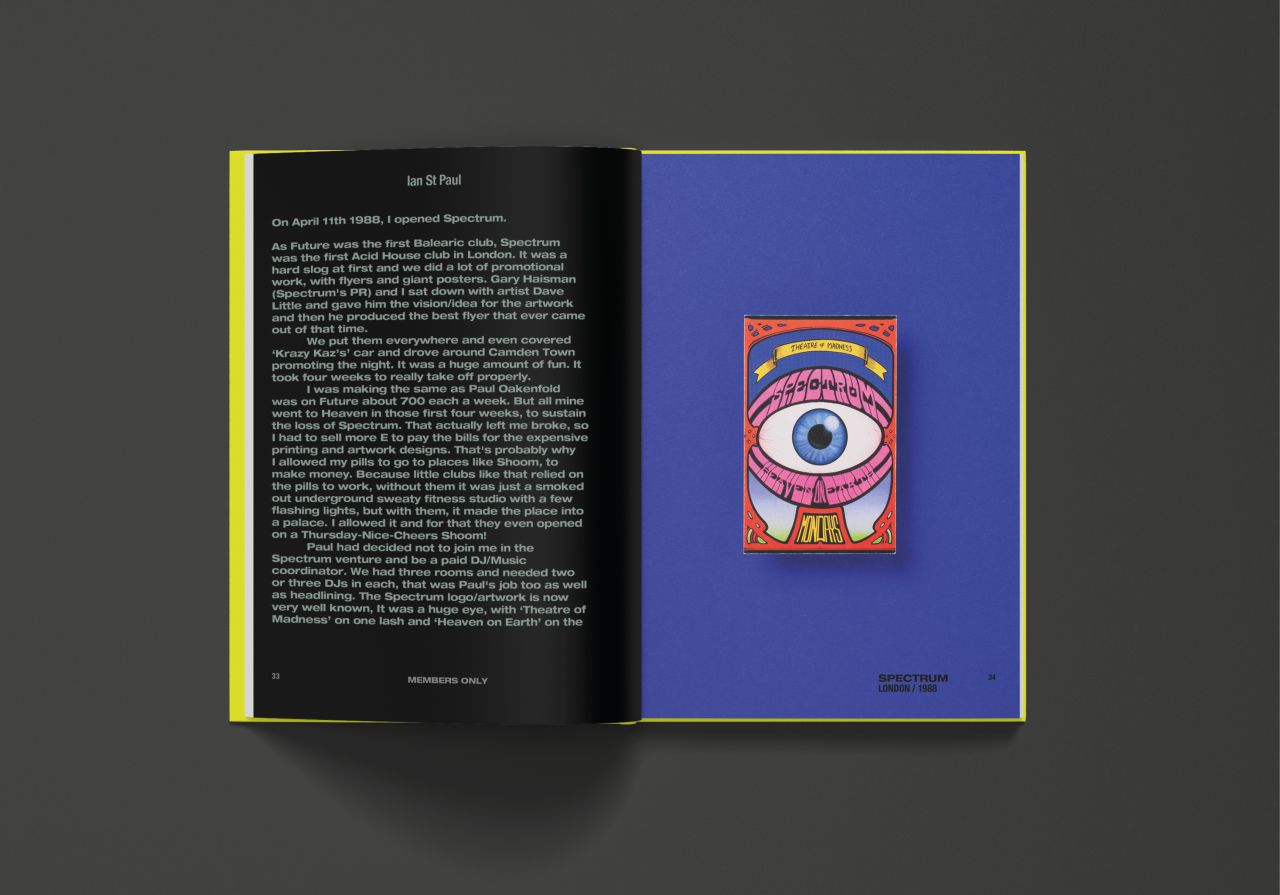
Titled Members Only, the new book features over 500 items of memorabilia from the late 1980s and '90s and covers all the legendary and pioneering events of the eras, including Amnesia House, Dreamscape, Fantazia, FAC51 Hacienda, Jungle Fever, Ministry of Sound, Raindance, Shoom, and World Dance.
It acts as a rich reference guide to rave history and all the creative output that helped visualise and brand the various club nights and DJs. Namely, the membership cards and VIP passes that you feel part of something – as though you were one of only a chosen few to see your favourite DJs spin their tunes.
It's clearly a labour of love and one that begins with a foreword by Justin Berkmann of the Ministry of Sound, who writes: "Before people could measure themselves socially on the internet, one way they could understand where their position in society was, was by trying to get into a nightclub. The higher the stakes, the harder the task. The uninitiated would fail with unfamiliar faces and the wrong shoes, 'Not tonight' the chorus to another lonely night out, but to some, gaining access to this palace of social acceptance and its hidden wonders can become an obsession. Whatever finally gets them inside gives way to the first glimpses of the complex hierarchy of clubbing, the staff, the tables, VIP rooms, the DJ booth and the pinnacle of being someone: the green room. Each room, like a matryoshka doll leading to further hidden levels of exclusivity and social glory."
Amongst the many glorious insights is a historical account by DJ and broadcaster Sarah HB who remarks how "designers that created these cards and passes are testament to a generation who parked their egos on a bench". There's also a Q&A with Jenni Rampling of Shoom and an epilogue by Anton Le-Pirate that praises the author. Anton writes: "He has meticulously compiled and documented an important part of what created a scene that some 34/35 years later is still going strong and has become a global music and fashion cultural movement. Anyone who puts their heart into what they love deserves commendation," he says.
The book certainly encompasses one of the most important eras for dance music and is a critical historical reference for future generations. We sat down with Rob to find out more.
Why the book? What interests you about this subject?
Like many, the acid house and rave eras changed my life. I dropped out of society in many ways after going to my first rave, for the better, in my opinion, not so for my parents at the time. Thus, the subject is closely connected to me very emotionally. The visuals, combined with those memories, plus my addiction to collecting things, create a perfect storm scenario.
I also feel that acid house and rave created a wave in society that still reigns strong. Freedom to party was a big thing back in the day, and we've seen this also in the last couple of years.
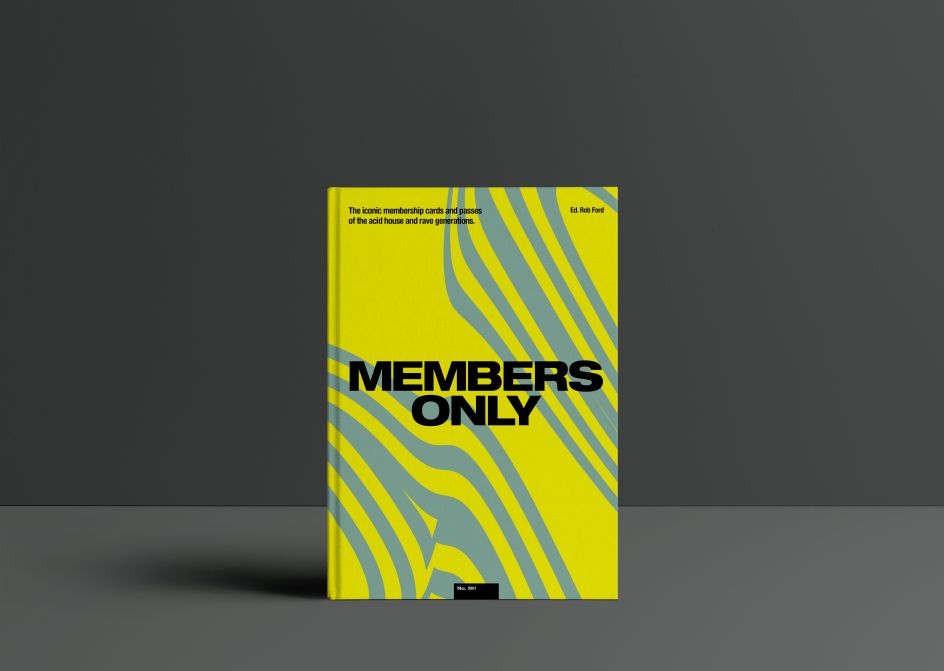
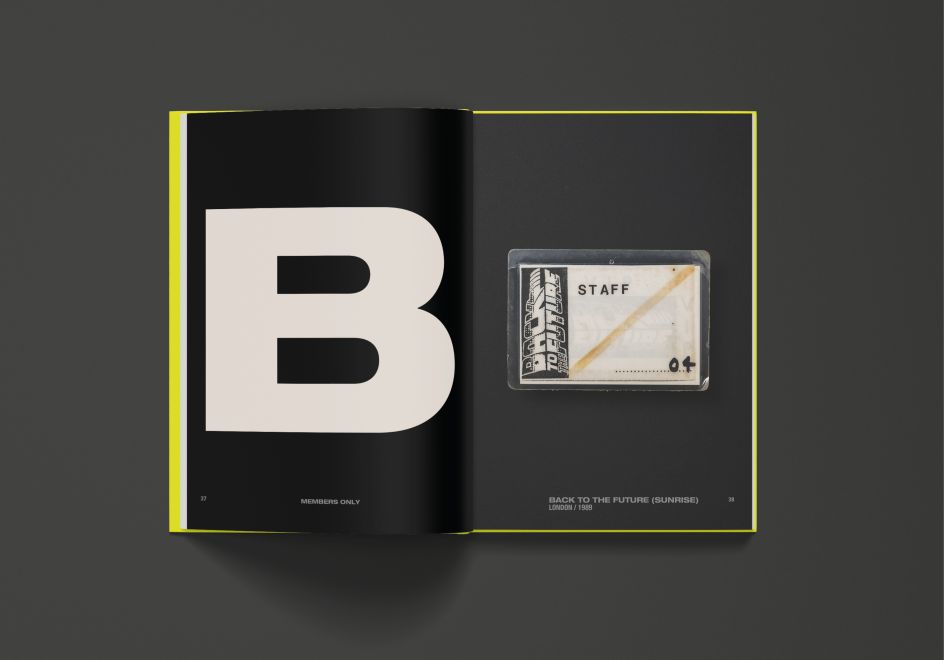
So you have quite the personal connection then?
Absolutely, the book is 99% of my personal collection. I have around 800 membership cards and passes (VIP, AAA etc.) from the late '80s and early '90s. I started collecting rave flyers again a few years ago, after ditching my collection when I was having a moment in life in my late 20s. The only items I didn't throw away were my membership cards. They were just so personal and special.
It was whilst collecting rave flyers that I started to find the occasional membership card or pass within a job lot, and I realised pretty much nobody collected those as they are so hard to come by as people don't like to part with them. I've focused on those now for a good few years, and the rave flyer collectors community (yes, it exists!) pretty much knows me as the go-to person for memberships and passes.
Were there any surprises during the research?
Well, I would have to say that, whilst collecting these pieces of memorabilia, I noticed that dance membership cards had been around for a very long time. I discovered an 1874 membership card from the US. This card alone teaches us a lot about what we take for granted today. It was for a New Year's evening event, 1 January 1874, in Sandy Creek, USA. "With a Grand Dance" and with "Good Music Furnished". It is even a photo ID card, with the member's photograph on the back by way of four small slits so the photo could be attached.
Thus, I have a collection of very old cards, too, and I decided to start the book with a few of those. I think many people won't expect to see that type of content in a book like this, but it most certainly deserves its spot.
With regards to the main focus of the book, the membership cards and passes, I found that a lot of people have them but don't want to, understandably, part with them. They are incredibly personal items. That has made collecting quite challenging and expensive! I had and still have a list of Holy Grail cards I am still looking for. I also have several people who keep an eye out for me also.
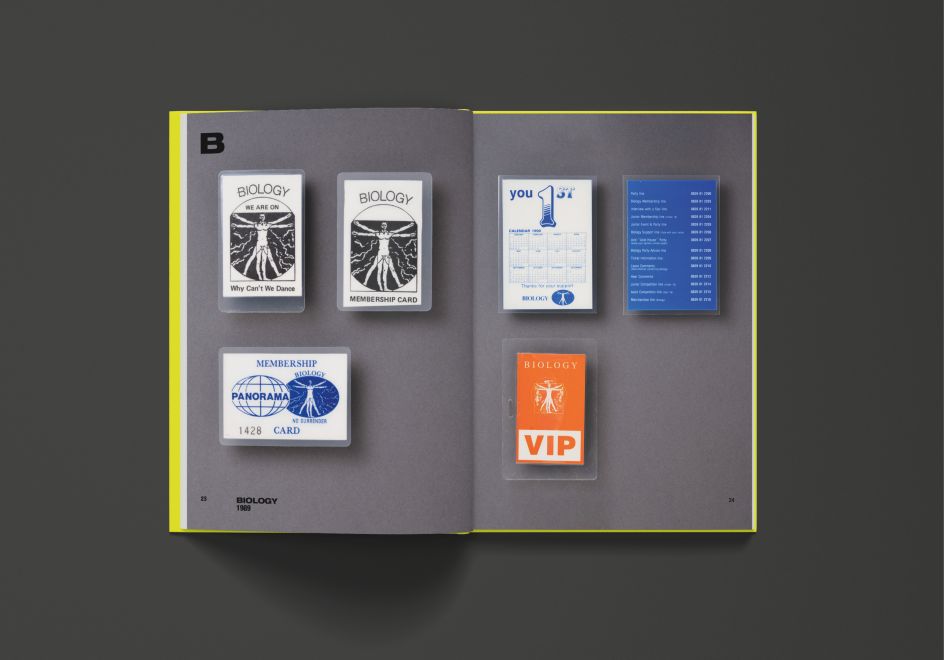
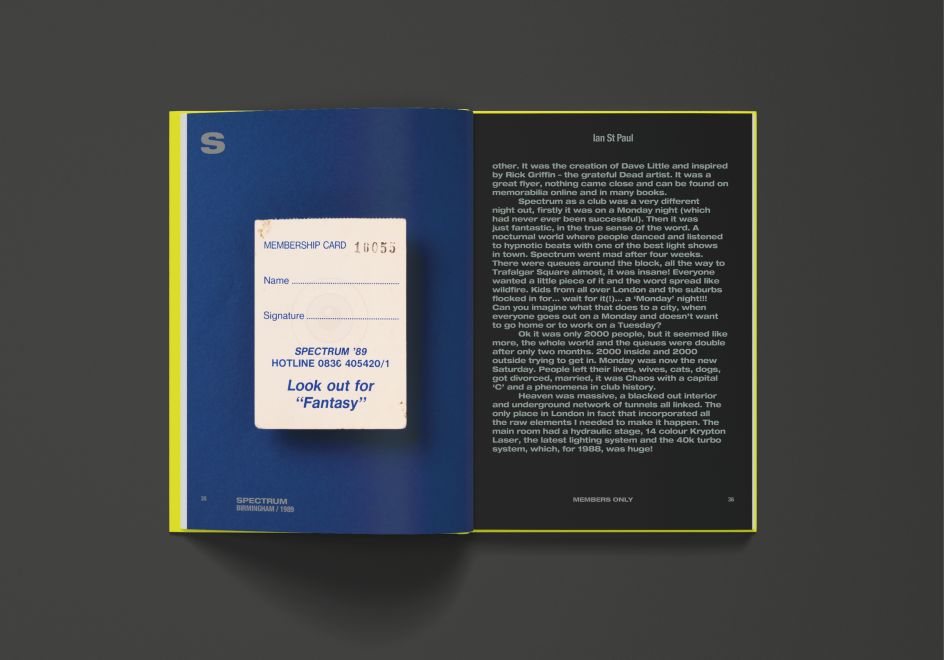
With FWA being about digital design, is it nice to return to print again? Do you miss those days before the web?
Ahhh, yes, totally. I love the physical. I love to have one book project on the go all the time. Already planning a super-sized book showcasing rave flyers next.
The early days of the web seem more physical than where we are now. Today's life is so thrown away, both physical and digital. Huge projects are created for digital now that could be live for only a few hours.
Nostalgia is such a wonderful natural high. You get it when you hear a tune – taking you right back to a moment in your life. The same is true for smells and books, but the web doesn't really do this as it's totally not tangible. Historical reference and compilation books are a great way to keep those less tangible things in life on the nostalgia superhighway.
I know, some years ago, visual book publishers were panicking and all trying to jump into ebooks. Only to later realise they didn't need to as the newer generations actually love the physical world more than us middle-aged folk realise.
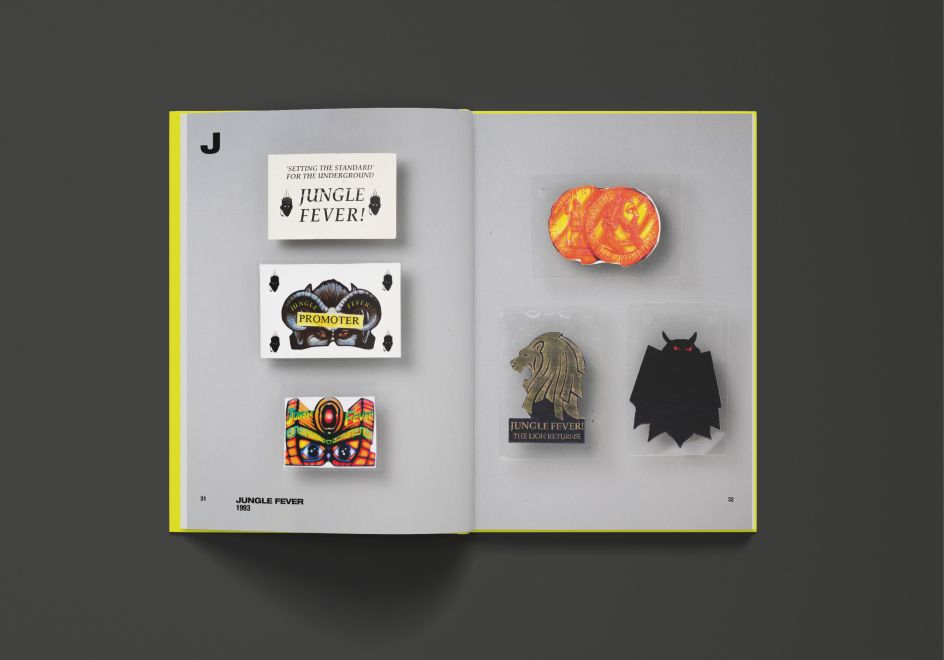
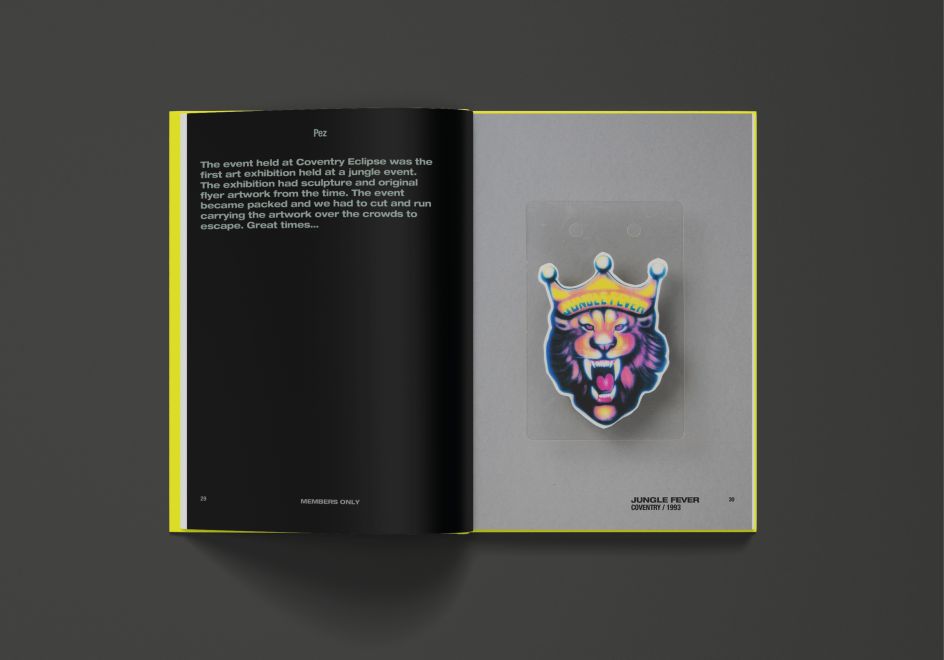
You've got some pretty decent names also contributing to the book. Was it enjoyable reaching out and reminiscing?
Yes! In many ways, this has been a star-studded journey. Thankfully, I am not shy of reaching out to anyone for input on a project, and I'm a bit of a dog with a bone. All my books have been like this, so I know that you can get great names involved if you ask.
Whilst I was blown away when Justin Berkmann, co-founder of Ministry of Sound, agreed to write the foreword, it was connecting with the likes of Jenni Rampling (Shoom) and Ian St Paul (Spectrum), both notoriously hard to get involved in any editorials and interviews. It was after connecting with Anton Le-Pirate (founder, creator and pioneer of the original Energy, World Dance, Tribal Dance, Freedom to Party events and many others) that those connections to Jenni and Ian happened. To get insights from those who were the absolute pioneers of the acid house eras in the UK was super special. Also, Jenni was very well known for her door policy at Shoom, and the whole Members Only book just wouldn't have been complete without her.
Do you have a favourite item in the book?
I've already mentioned the 1874 membership card, which is in my top three favourites in the book. Then there's my personal Sterns membership card from 1992. That place was like my spiritual home – the stuff of legends!
But, my favourite item is most likely the Shoom pin badge from 1988, which I acquired from Danny Rampling (Shoom Founder) 's brother. One of the earliest examples of the yellow smiley face that pretty much became the face of that generation and beyond. The pin badge becomes part of the book as the book wraps up with a dedicated section showcasing my collection of pin badges from the eras.
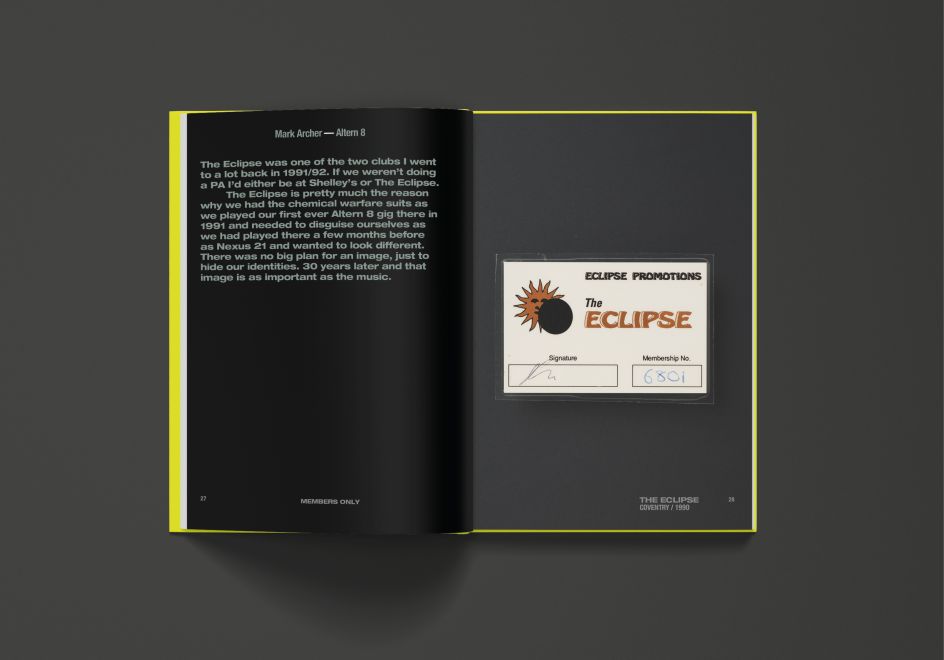
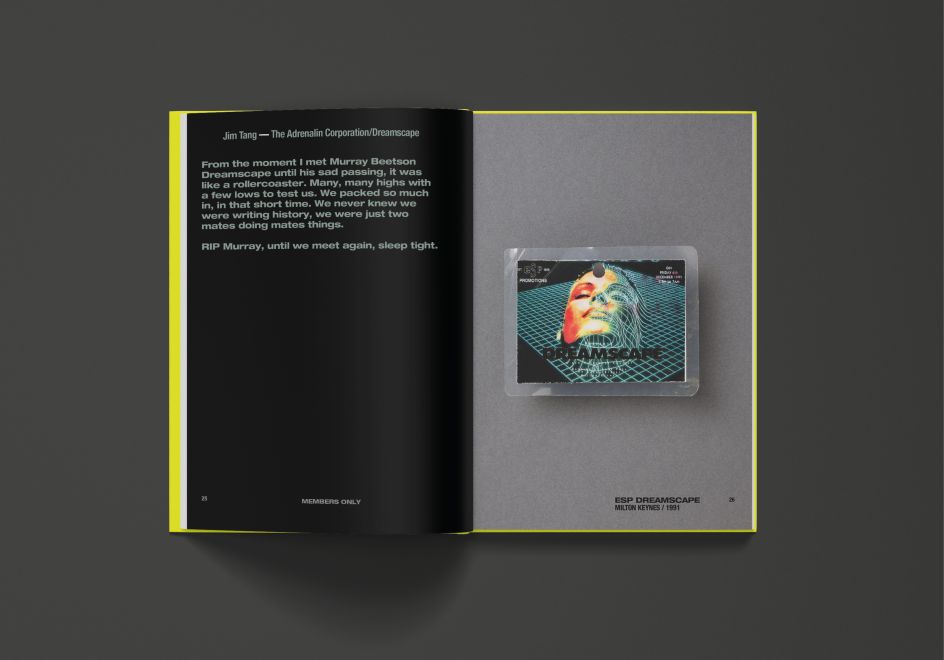




 by Tüpokompanii](https://www.creativeboom.com/upload/articles/58/58684538770fb5b428dc1882f7a732f153500153_732.jpg)












